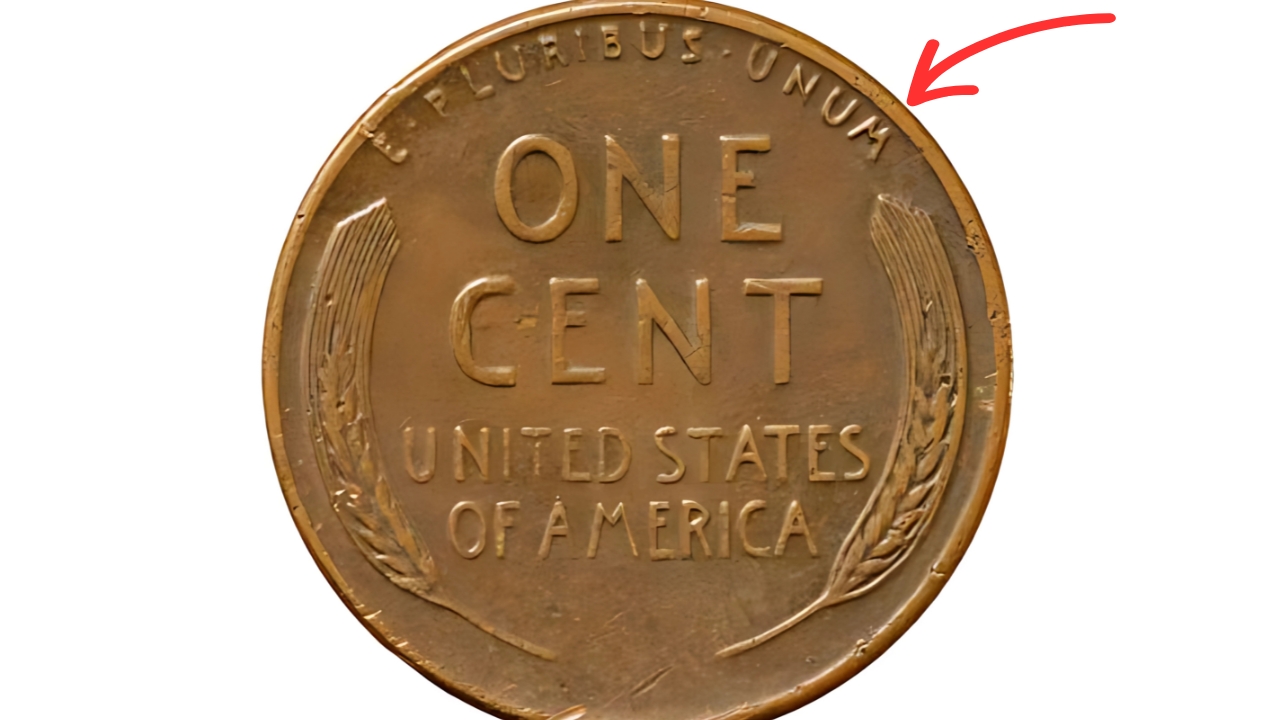Wheat Penny Coins : Wheat pennies, officially known as Lincoln Wheat Ear cents, represent one of America’s most enduring and collectible coin series.
Minted from 1909 to 1958, these copper coins feature Abraham Lincoln on the obverse and two wheat stalks flanking the words “ONE CENT” on the reverse.
While millions of wheat pennies were produced, certain dates, mint marks, and varieties have become extraordinarily valuable, with some specimens commanding prices that would astound casual observers.
The 1909-S VDB: The Holy Grail of Wheat Pennies
The 1909-S VDB stands as the most coveted wheat penny among collectors, representing the convergence of historical significance and extreme rarity.
This coin marks the inaugural year of the Lincoln cent series, with the “VDB” initials honoring designer Victor David Brenner, whose signature appeared prominently on the reverse.
The San Francisco Mint produced only 484,000 of these coins before public outcry over the prominent designer initials led to their removal.
This brief production run created immediate scarcity that has only intensified over the decades. High-grade examples of the 1909-S VDB have sold for astronomical sums, with pristine specimens reaching $100,000 or more at auction.
The coin’s value stems not just from its rarity but from its place in numismatic history as the first Lincoln cent and the controversy surrounding its designer’s initials.
Collectors prize examples in all conditions, with even well-worn specimens commanding thousands of dollars. The combination of historical significance, limited mintage, and collector demand has cemented this coin’s position as American numismatics royalty.
The 1914-D: Denver’s Rare Contribution
The 1914-D wheat penny represents another pinnacle of collectible American coinage, with the Denver Mint producing only 1,193,000 examples.
This relatively low mintage occurred during a period when coin production was irregular and economic conditions affected minting operations across the country.
What makes the 1914-D particularly valuable is the combination of its scarcity and the quality issues that plagued many surviving examples.
The Denver Mint’s striking processes during this period often resulted in coins with weak details or other quality problems, making well-preserved examples exceptionally rare and valuable.
Collectors actively seek 1914-D pennies in all grades, with values ranging from several hundred dollars for heavily worn examples to tens of thousands for coins in pristine condition.
The coin’s status as a key date in the wheat penny series ensures consistent demand and appreciation potential for fortunate owners.
The 1922 No D: A Minting Error Marvel
The 1922 No D wheat penny represents one of numismatics’ most famous error coins, created when dies at the Denver Mint became so worn that the “D” mint mark disappeared entirely.
Since Denver was the only mint producing pennies in 1922, coins without the mint mark became immediate anomalies that fascinated collectors.
This error occurred when the mint mark, which was hand-punched into each die, wore away completely during the striking process.
Dies were used beyond their optimal lifespan due to economic pressures, resulting in coins that appeared to have been minted at Philadelphia despite originating from Denver.
The 1922 No D exists in several varieties, depending on the degree of die wear and the strength of other design elements.
The most valuable examples show completely absent mint marks with strong remaining details, commanding prices that can exceed $20,000 for exceptional specimens. Even lesser varieties remain highly collectible and valuable.
The 1931-S: Depression Era Rarity
The 1931-S wheat penny emerged during the depths of the Great Depression when coin production reached historic lows due to reduced economic activity and decreased demand for small denomination coins.
The San Francisco Mint produced only 866,000 examples, making it one of the scarcest regular-issue wheat pennies.
Economic conditions during 1931 meant that many of these coins were hoarded or spent quickly, with few examples surviving in high grades.
The combination of low original mintage and poor survival rates has created a situation where high-quality 1931-S pennies command substantial premiums.
Collectors consider the 1931-S a key date that’s essential for complete wheat penny collections, ensuring consistent demand across all grade levels.
Values range from hundreds of dollars for circulated examples to several thousand for coins showing minimal wear and strong original details.
The 1955 Doubled Die: Modern Marvel of Errors
The 1955 Doubled Die wheat penny represents perhaps the most famous error coin in American numismatics, created when a working die received a second, slightly offset impression during the hubbing process.
This manufacturing accident resulted in clearly visible doubling of the date and lettering on the coin’s obverse.
Unlike subtle varieties that require magnification to detect, the 1955 Doubled Die’s dramatic doubling is visible to the naked eye, making it accessible to collectors of all experience levels.
The error was discovered shortly after the coins entered circulation, creating immediate collector interest that has only grown over the decades.
The coin’s popularity extends beyond serious numismatists to include casual collectors drawn by its obvious and dramatic error. This broad appeal, combined with the coin’s relative scarcity, has driven values steadily upward.
High-grade examples regularly sell for $15,000 to $25,000, while even lower-grade specimens command significant premiums.
Factors Affecting Value and Collection Strategy
Several factors influence wheat penny values beyond simple rarity. Condition remains paramount, with small differences in grade often resulting in dramatic value changes.
Certification by reputable grading services adds credibility and often increases market value by providing standardized condition assessments.
Market trends, collector preferences, and economic conditions all impact wheat penny values over time.
The coins’ accessibility to new collectors and their historical significance ensure continued demand, while their finite supply creates natural appreciation potential.
These 5 Rare Wheat Penny Coins worth is $98 Million each
These five rare wheat pennies represent the pinnacle of American cent collecting, combining historical significance with genuine scarcity to create some of numismatics’ most sought-after treasures.
Their values reflect not just rarity but the deep connection between American history and the coins that circulated during pivotal moments in the nation’s development.








